2 Steps to Your Writer’s Stance by Beth Barany
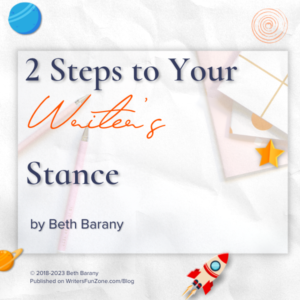 In this article I’ll share what writer’s stance is, why it’s important, and how to uncover your writer’s stance, and how it can help you write.
In this article I’ll share what writer’s stance is, why it’s important, and how to uncover your writer’s stance, and how it can help you write.
Who is the writer? Who or what are the words? Where do stories come from? Where do our ideas come from?
I think the words, the writer, and the ideas and the stories they can become grow from the relationship you have with your writing and with your writer self.
Writer’s stance is all about this relationship.
For many of us, how we feel and what we think about our writing originates in some far back time when we were first learning, sometimes rooted in a negative experience with a teacher or a parent. Or it may be even rooted in that first story you proudly wrote at the early age of eight.
Stance
To understand what is writer’s stance, let’s go back to the definition of the word “stance.”
Defined as “the way in which a person stands, especially deliberately.” It also means “attitude.”
In life, what is a useful stance? And what’s not so useful? Of course, this is situational.
Let’s get specific. Try this exercise on:
Think about the way you stand when you know a loved one is about to walk into the room.
Now think about how you’d stand if a stranger you didn’t trust is about to enter the room.
For extra points, stand up and take each of those postures.
For even more points, stand as if you’re about to share an exciting story with your friends.
Notice that the way you stand, the choices you make, mostly unconscious, in how you hold your arms, where you put your legs, and how you breath.
For example, maybe your eyes are squinted, or wide open; maybe you smile broadly, or purse your lips in displeasure. Maybe your stomach feels tight, or loose and relaxed, depending on the situation.
All these body actions go into making your physical stance in these situations.
Writer’s Stance
Step One
Now let’s carry this physical stance over to writer’s stance in this two-step exercise.
1. Think about your current writing project, or if you’re not currently writing but wish to be, think about what you wish to be writing. Now stand facing your writing project. (Or imagine you’re standing; this will work just as well, but extra points for actually standing.)
2. How are you standing? Are your limbs tight or relaxed? Are you guarded or open or tentative or something else?
3. What does your physical stance say about how you feel and think about this writing project? Note your observations. Notice what is, and appreciate it for what it is.
Examples:
“Tense in the legs, arms folded, foot tapping.” — Hugh Tipping, Fantasy Author
“I’m facing it squarely, as though I were standing in a doorway to create a barrier. That’s my physical. My insides are presenting quite a different story. My legs feel a little wobbly and my stomach is a little tight.” — JJ Hicks, Aspiring Novelist, Short Story Author
“When I’m writing, I’m relaxed, focused, completely at attention and ready to immerse myself into my alternative world and the characters that inhabit it. I’m open and enthused, limbs flowing with energy.” — Pamela Taeuffer, Author of the Broken Bottles Series
“At the moment, I’m guarded, hesitant to approach. And grateful for this exercise. What a revelation! This is going to help me work past this block.” – Anonymous
“Facing it head on, open, loose arms, and easy posture.” — Fae Harlow, Urban Fantasy Author
Step Two
1. Ask yourself what relationship you’d like to have with your writing. What stance would you like?
2. If you’re not sure, try these on for size: Stand as if you were welcoming your writing as a long-lost friend. Now, stand as if your writing was so funny, it gave you the giggles. Now change your posture again to be so curious about your writing, as if it was about to say something fascinating.
3. Write about the writing stance you’d like to have with your writing and with your writer self.
Examples:
“Relaxed, arms open in a welcoming gesture.” — Hugh Tipping, Fantasy Author
“I’d like to be leaning in closer, as though to listen to a secret or to share something intimately with a close friend. Anticipation.” — JJ Hicks, Aspiring Novelist, Short Story Author
“Open, welcoming, confidently drawing in again.” – Anonymous
“I love the feeling of warmth that comes as I throw my arms around ‘Sunday Punch’ and hug it to my chest… I’m delighted. Sometimes I giggle at the fun [my characters are] having … I’d like to have the stance of acceptance with my writing. Arms open wide in appreciation and acceptance…” — Carol Malone, Author of Pulp-Fiction Romance
Your writer’s stance may serve wonderfully, or it may no longer serve you. If that’s the case, you can practice a new way of standing in relationship to your writing.
PS. Thanks to Jon Low for pointing out to me that writer’s stance was what I’m teaching through my work with writers.
PPS. This article is part of a book I’m writing on the spiritual life of a fiction writer. If you’d like to get more articles like this and more, then subscribe to Writer’s Fun Zone here: https://writersfunzone.com/blog/contact-beth/#signup.
***
ABOUT BETH BARANY
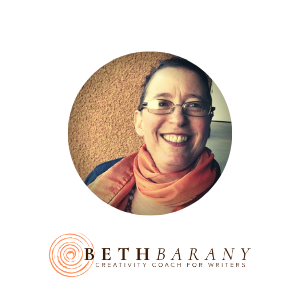 A Master NLP Practitioner and certified creativity coach for writers, Beth runs Barany School of Fiction, a full suite of courses designed to help genre fiction writers experience clarity and get writing, so they can revise and proudly publish their novels to the delight of their readers.
A Master NLP Practitioner and certified creativity coach for writers, Beth runs Barany School of Fiction, a full suite of courses designed to help genre fiction writers experience clarity and get writing, so they can revise and proudly publish their novels to the delight of their readers.
Based in Oakland, California, Beth Barany has presented at Ithra Center (King Abdulaziz Center for World Culture) in Dhahran, Saudi Arabia, at the Women’s Fiction Festival in Matera, Italy, at Romance Writers of America National Conference, at Emerald City Conference in Seattle, Washington, at the San Francisco Writers Conference, and at San Francisco Bay Area chapters of SCBWI, CWC, and RWA.
Award-winning novelist, Beth Barany writes magical tales of romance, mystery, and adventure that empower women and girls to be the heroes of their own lives.
She is the award-winning author of Henrietta The Dragon Slayer, the acclaimed paranormal romance author of the Touchstone series, and is proud to release her newest novels, science fiction mysteries about Janey McCallister space station investigator.
The first book in the Janey McCallister Mystery series, Into The Black, A Sci-Fi Mystery, is a Page Turner Awards ebook Finalist. She has also written books for writers, including Plan Your Novel Like A Pro, co-written with her husband, thriller writer Ezra Barany.

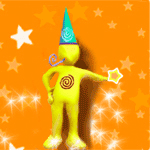
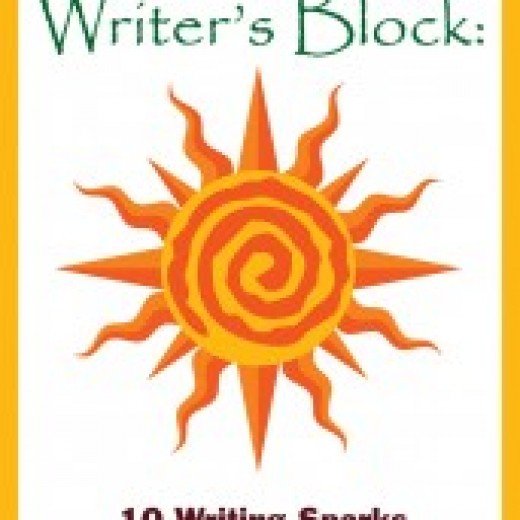
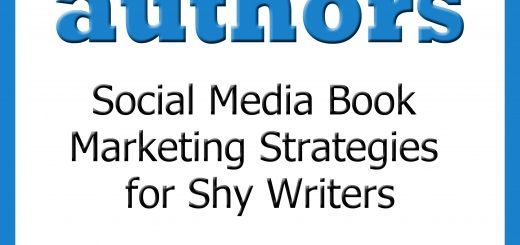
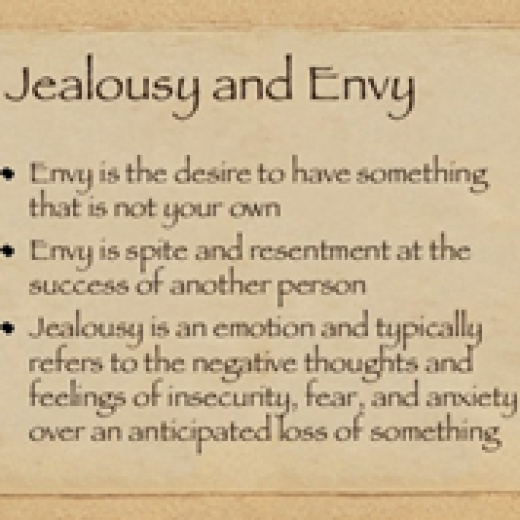
Enjoyable and fun Post! Wheels are a turning! Thanks, Beth!
So glad to hear it! You’re welcome, Mary!